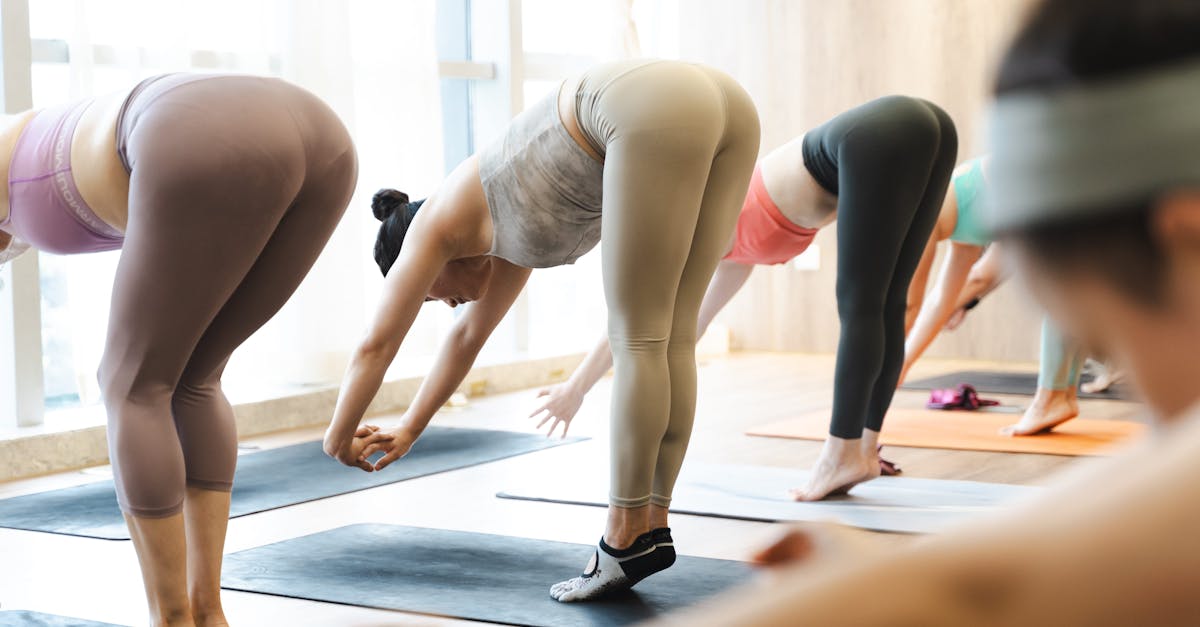Hiking is often perceived as a leisurely activity, perfect for soaking in nature and enjoying fresh air. However, many people overlook the incredible physical benefits that hiking offers, especially in terms of muscle development. In this article, we will explore how hiking can build muscle, enhance your fitness levels, and transform your body. Below is a detailed table showcasing the various muscle groups engaged during hiking.
| Muscle Group | Primary Benefit |
|---|---|
| Leg Muscles | Strength and Endurance |
| Core Muscles | Stability and Balance |
| Upper Body Muscles | Support and Strength |
| Glutes | Power and Stability |
| Calves | Endurance and Strength |
Leg Muscles
When hiking, the leg muscles are the primary muscle group engaged. This includes the quadriceps, hamstrings, and calves. The constant movement of climbing hills and navigating uneven terrain requires significant strength and endurance. As you hike regularly, you’ll notice improved muscle tone in your legs, which will translate to better performance in other physical activities.

Core Muscles
Your core muscles play a vital role in maintaining stability and balance while hiking. Engaging your core helps you navigate rocky paths and steep inclines, preventing falls and injuries. Strengthening your core through hiking can lead to better posture and overall body strength, which is essential for any physical endeavor.

Upper Body Muscles
Although hiking primarily focuses on the lower body, your upper body also benefits significantly. Swinging your arms while hiking helps engage your shoulders, arms, and back muscles. This action not only helps with propulsion but also aids in building muscle in your upper body, contributing to overall strength and endurance.

Glutes
The gluteal muscles are crucial for power and stability while hiking. These muscles are engaged when you climb steep trails, helping you push off the ground effectively. Strong glutes contribute to better overall athletic performance and can help prevent injuries, making them an essential muscle group for hikers.

Calves
The calves are another important muscle group that gets a workout during hikes. Whether you’re walking on flat ground or climbing steep inclines, your calves work hard to propel you forward. Strengthening your calves can enhance your endurance, making long hikes feel easier and less tiring.

FAQ
Does hiking really build muscle?
Absolutely! Hiking engages various muscle groups, including the legs, core, glutes, and even the upper body. Regular hiking can lead to increased muscle strength and endurance, especially when tackling challenging trails.
How often should I hike to see muscle-building results?
To see significant muscle-building results, aim to hike at least 2-3 times a week. Incorporate different terrains and elevations to maximize muscle engagement and growth.
Is hiking better than running for building muscle?
Hiking and running have different benefits. Hiking is excellent for building muscle strength, especially in the legs and core, while running primarily improves cardiovascular fitness. Incorporating both activities into your routine can provide comprehensive fitness benefits.
Can I hike if I’m a beginner?
Yes! Hiking is suitable for all fitness levels. Start with easier trails and gradually progress to more challenging hikes as your fitness improves. Always ensure you’re wearing appropriate footwear and stay hydrated.
What gear do I need for hiking?
Essential hiking gear includes sturdy hiking shoes or boots, weather-appropriate clothing, a backpack, water, and snacks. As you advance, you may consider additional gear like trekking poles or a hydration system.
References:
– [National Park Service: Hiking Basics](https://www.nps.gov/articles/hiking-basics.htm)
– [CDC: Benefits of Hiking](https://www.cdc.gov/physicalactivity/basics/adding-pa/hiking.html)
– [American Hiking Society: Why Hike](https://americanhiking.org/why-hike/)



